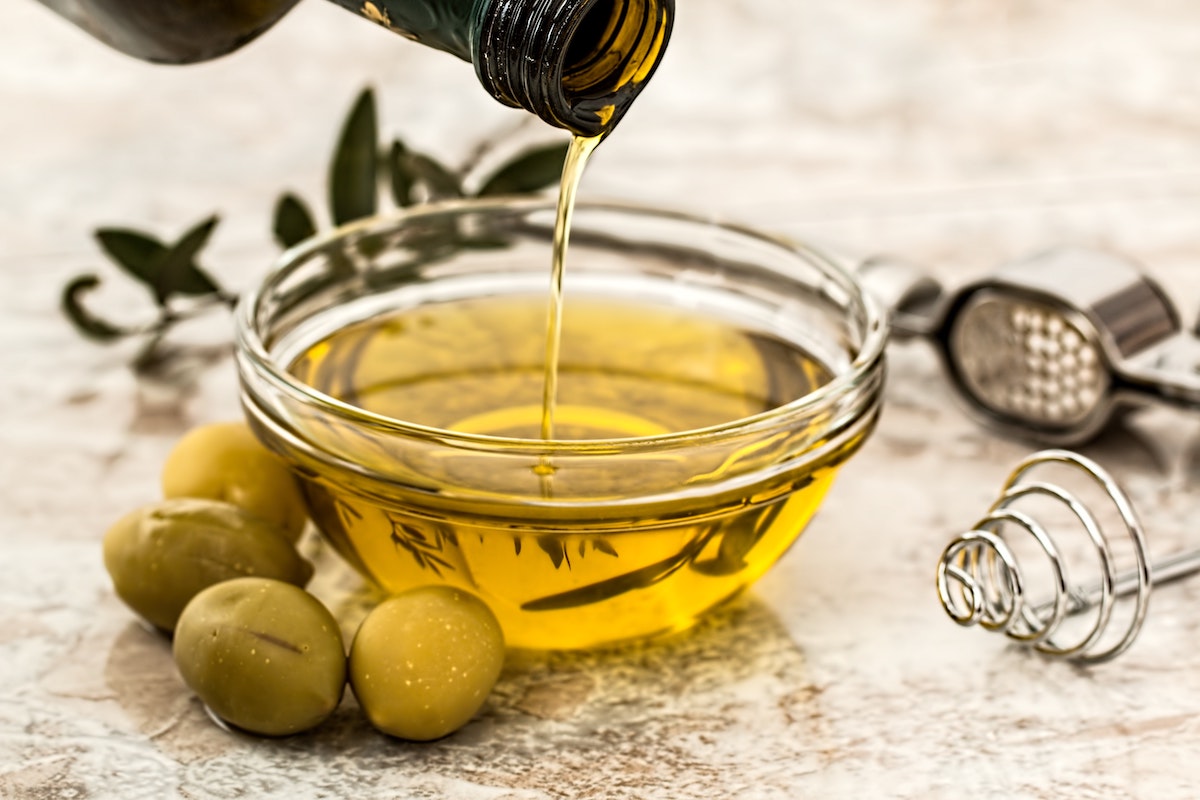Cooking Oils get a bad reputation as many diet fads support the idea of cutting down on their usage. But, do you know that oils contain fatty acids that are essential for our bodies? Using the right cooking oils, and using them the right way is what we all need to learn to get the maximum benefits from them.

Are Fats/Oils good for us?
Firstly, oils are types of fat whether they are of animal or plant origin. They are responsible for the structure and functions of our body along with carbohydrates, proteins, vitamins, and minerals. Apart from giving energy to our bodies (9 kcal /gm), they help in the absorption of fat-soluble vitamins (Vit A, D, E, K), act as an insulator, and provide essential fatty acids. In cooking, they help in imparting a distinct flavor, taste, and enhance the texture of the food.
What are the different types of Oils?
Broadly, the fats are classified as Saturated fatty acids (SFA- ghee, coconut oil, butter, palm kernel oil), Monounsaturated fatty acids (MUFA- olive oil, mustard oil, palmolein), Polyunsaturated fatty acid (PUFA- cottonseed, safflower, sunflower, corn, canola, mustard, rapeseed, soybean) and Trans Fatty acids (TFA- Vanaspati, shortening, lard).
There are two types of PUFA: ω-6 (omega 6) and ω-3 (omega 3). These two omega’s are the essential fatty acids that cannot be synthesized in the body but are acquired from the diet. A good dietary sources of ω-3 is deep-sea fish like salmon, mackerel, cod, or Indian species of fish like Rohu, Indian seabream, and fish oils. The plant-based sources of ω-3 (PUFA) are flax seeds, chia seeds, and nuts whereas the common oils (canola, sunflower, corn, safflower) are good sources of ω-6 (PUFA).
How to choose and store Cooking Oil at home after buying?
The extraction process (refining and bleaching) along with storage impacts the composition as well as the nutritional properties of the oils. Care should also be taken when storing the oils at home as it impacts the quality of the oil. Especially olive oil when bought should be stored in amber/dark-colored glass bottles, kept in a cool, dark place away from sunlight and direct heat (not on the shelf above the gas or close to it). The caps should be also be tightly sealed to prevent their oxidation. When buying the oils packed in plastic bottles, buy the ones with the latest “best buy” date.
What to consider when using different methods of cooking?
When cooking, the most important point to consider is the smoke point – the temperature at which the fat starts to smoke. All oils have different smoke points. When heated beyond their smoke point the oils lose their flavor, turn rancid, and generate free radicals that are harmful to the body. Saturated fats have a lower smoke point (>150℃ except ghee) as compared to unsaturated fats (>210℃ except EVOO). This makes the common oils (PUFA) suitable for frying, sauteing or grilling.
The nut oils (avocado, walnut, sesame, extra virgin olive oil), which are cold-pressed, natural, and minimally processed should be used for drizzling, and dressing the salad as they become rancid when heated. High-temperature cooking methods like deep frying leads to oxidation of the oil and reusing the same oil leads to changes in the viscosity of the oil. This leads to further degradation and the release of toxic cancer-causing products like Acrylamide and Trans Fatty Acids. Scientific studies have proved that grilling, sautéing and use of microwave are better cooking alternatives than deep frying.
Eating Good Fats vs Bad Fats
Scientific research has proven that a higher intake of dietary ω-3 acts as an anti-inflammatory, it is anti-thrombotic and increases glucose sensitivity. It helps in combatting depression, menopause symptoms, and Alzheimer’s disease. It causes an improvement in vision, cholesterol markers (Increase HDL & Decrease LDL), glucose metabolism, and helps in reducing adiposity and weight. The MUFA’s also help in lowering the total triglyceride levels. An increased intake of ω-6 increases the plasma cholesterol levels as well as the LDL levels. The excessive intake of foods rich in TFA’s increases cardiovascular risk, and so it should be consumed sparingly. However, an appropriate balance of ω-3 and ω-6 in a ratio of 2:1 is advised. Thus, use a variety of cooking oils.
Points to Ponder while Cooking
- Use a combinations of different oils for cooking. E.g: ghee for tempering, nut oils for salads, oils with high smoke point (mustard/sunflower/groundnut) for deep frying and regular cooking.
- Munch on a variety of nuts instead of namkeen, chips, cookies as they are high in trans fats. Less than 1% of energy should come from trans fats.
- Only 20-30% of energy should come from fats, of which saturated fats should be less than 10%.
- Use grilling, sautéing for cooking. Drizzle the grilled veggies/meats with any nut oil for extra flavor.
- People on vegetarian diets should consume extra ω-3 than ω-6.
- Prepare fresh salad dressings rather than consuming store-bought creamy dressings that are loaded with PUFA oils and additives.
- Avoid reusing deep frying oil. Even if reusing to minimise wastage and costs, make sure it is cooled and strained. Discard the oil if there is change in the viscosity and smell.
Read other article by Sonali Kaul
Share
Picture Credit : Image by Monfocus from Pixabay


Very informative article , liked the points to ponder
Thank you Vaishali.
Was not aware of so many things, it was interesting to read and know.